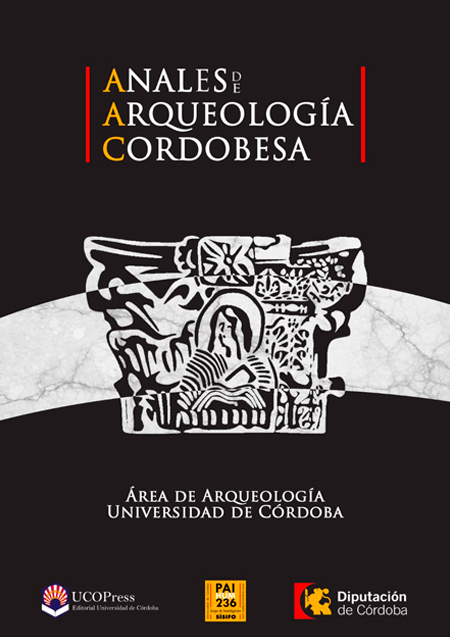Hygienic Conditions and Sanitation in Madīnat Qurṭuba during the 10th Century
DOI:
https://doi.org/10.21071/aac.v0i27.6298Keywords:
Hygiene, Sanitation, Water, Suburbs, Qurṭuba.Abstract
The sanitation of dwellings, streets, souks, bath houses and mosques, along with the management of industrial waste, were seriously taken into account in the madina of al-Andalus, since maintaining good health and improving the welfare of the community interested both authorities and individuals. Thus, urban settlements were equipped with suitable structures to provide minimum hygienic conditions. In this sense, the archaeological excavations carried out in last decades in Cordoba offer an exceptional framework to know closely some of these structures and the society who created them. In the following work we will present the most significant examples, especially those that belonged to the western suburbs of the caliphal Cordoba.Downloads
Download data is not yet available.
Downloads
Published
2016-12-01
How to Cite
VÁZQUEZ NAVAJAS, B. (2016). Hygienic Conditions and Sanitation in Madīnat Qurṭuba during the 10th Century. Anales De Arquelogía Cordobesa, (27), 293–324. https://doi.org/10.21071/aac.v0i27.6298
Issue
Section
ARTICLES
License
Aquellos autores/as que tengan publicaciones con esta revista, aceptan los términos siguientes:- Los autores/as conservarán sus derechos de autor y garantizarán a la revista el derecho de primera publicación de su obra, el cuál estará simultáneamente sujeto a la Licencia de reconocimiento de Creative Commons que permite a terceros compartir la obra siempre que se indique su autor y su primera publicación esta revista.
- Los autores/as podrán adoptar otros acuerdos de licencia no exclusiva de distribución de la versión de la obra publicada (p. ej.: depositarla en un archivo telemático institucional o publicarla en un volumen monográfico) siempre que se indique la publicación inicial en esta revista.
- Se permite y recomienda a los autores/as difundir su obra a través de Internet (p. ej.: en archivos telemáticos institucionales o en su página web) antes y durante el proceso de envío, lo cual puede producir intercambios interesantes y aumentar las citas de la obra publicada. (Véase El efecto del acceso abierto).


